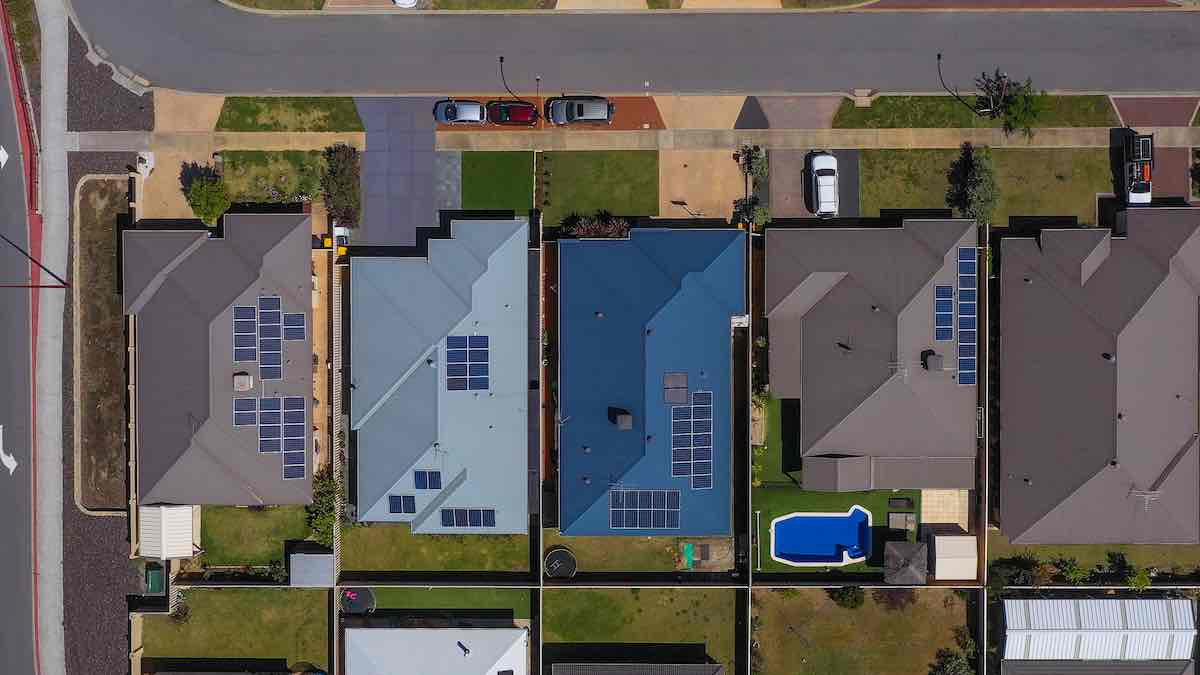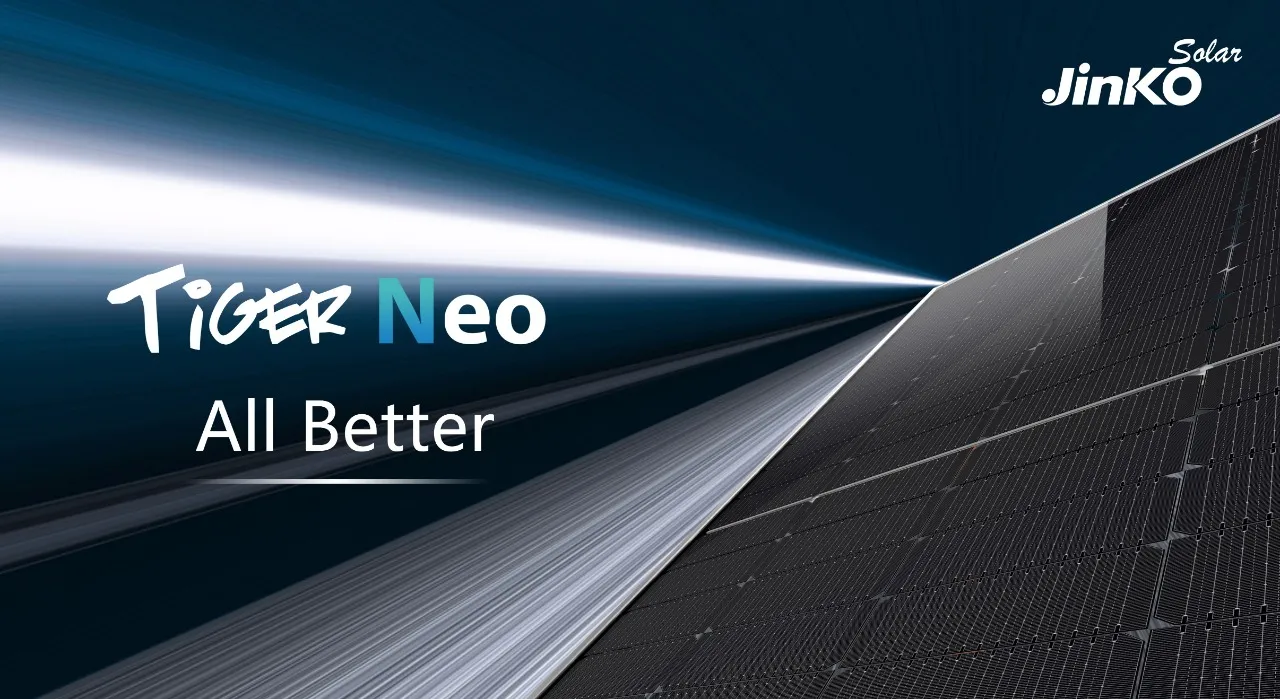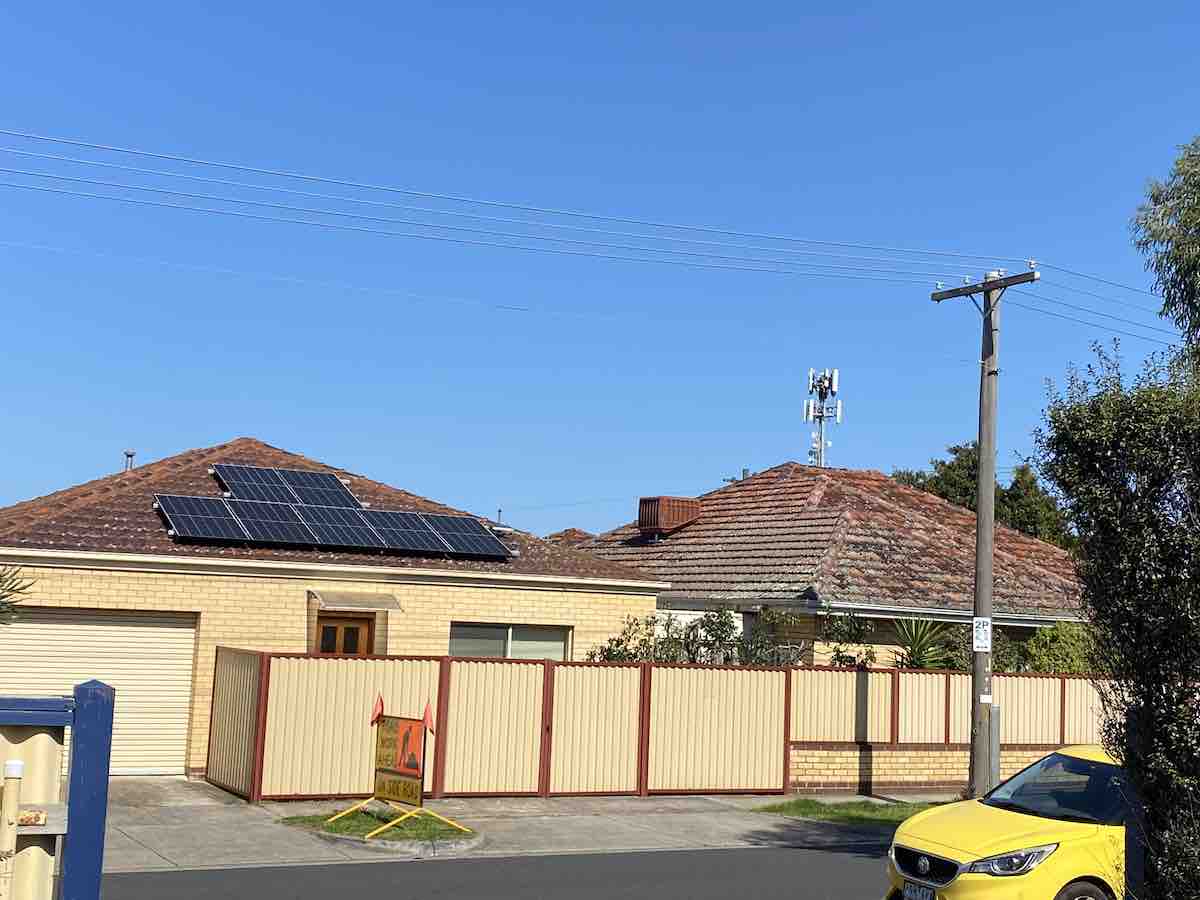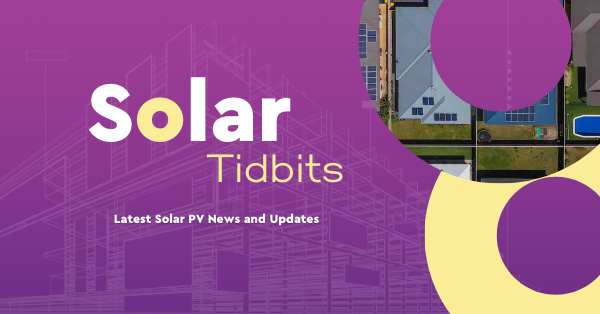In this week’s issue of Solar Tidbits: (1) The Rush to Rooftop Solar at the End of the Year Suggests a Return to Boom Times in 2023 (2) Jinko Solar has Released the Second Generation Tiger Neo Solar Panels (3) Despite Rising Power Bills, Rooftop Solar Feed-in Tariffs Continue to Fall
The Rush to Rooftop Solar at the End of the Year Suggests a Return to Boom Times in 2023

Photo Credit: Western Power
First, the bad news: rooftop solar installations in Australia fell for the first time in seven years in 2022.
SunWiz, the industry analysts, has issued their final verdict on what has been a roller-coaster year for the rooftop PV industry.
According to SunWiz data, 2022 finished with 2.79MW of total installed capacity, putting it 14% behind 2021 and 6% behind 2020, both of which had their own challenges.
The east-coast floods, which hampered roof access, and renewed recreation – “where people freed from lockdown spent money on holidays and restaurants instead of home improvement,” says SunWiz managing director Warwick Johnston.
Rising inflation and cost-of-living pressures undoubtedly contributed to the mix, but there’s a strong case to be made that persistently high electricity prices are the best rooftop solar incentive available.
This brings us to the good news: after collapsing in the first half of 2022, demand for rooftop solar began to recover in the second half of the year, promising a “much better start” for installations in 2023.
More about this article: http://bit.ly/3klaKfj
Jinko Solar has Released the Second Generation Tiger Neo Solar Panels

Photo Credit: JinkoSolar
Jinko Solar, a Chinese solar manufacturing giant, unveiled the second generation of its Tiger Neo solar panel family this week, based on record-high efficiency N-type TOPCon technology.
Jinko Solar announced three new TOPCon solar panel variants on Tuesday, ranging in power from 445W to 635W.
The Tiger Neo solar panel family’s second generation is built on the industry’s most efficient N-type TOPCon technology, resulting in one of the world’s most efficient and powerful solar panels.
A 54-cell 445Wp module, a 72-cell 615Wp module, and a 78-cell 635Wp module are among the three series’ variants, with module efficiencies of 22.27%, 23.23%, and 22.72%, respectively.
All three Second Generation Tiger Neo series are built on 182mm wafers and have a temperature co-efficiency of -0.29%/°C and an 85% bifacial factor, allowing for a higher generation on the rear side panel and up to 20% more yield when compared to conventional bifacial panels.
More about this article: http://bit.ly/3CSCe2e
Despite Rising Power Bills, Rooftop Solar Feed-in Tariffs Continue to Fall

Photo credit: One Step Off The Grid
As Victoria prepares to slash the state’s flat-rate feed-in tariffs by another 8%, pressure is mounting on solar households to focus more on self-consumption of the power generated on their rooftops.
Victoria’s Essential Services Commission proposes in a draft decision published this week to set the minimum flat feed-in tariff that retailers can offer their solar customers at 4.8c/kWh in 2023-24.
This 8% year-on-year reduction in the state’s minimum flat-rate tariff follows a 22% reduction in the 2021-22 FiT, from 6.7c/kWh to 5.2c/kWh, which went into effect in July of this year. The state’s recommended floor price for the flat-rate FiT was reduced by one-third the previous year, from 10.2c/kW to 6.7c/kWh.
The minimum amount retailers are recommended – or, in Victoria, mandated – to pay their solar customers for grid exports has been steadily declining across the country for the better part of a decade, thanks to a steady decrease in wholesale electricity prices driven down by renewables.
More about this article: http://bit.ly/3XAp4il
Keep yourself in the loop! Get solar updates from us just when you need them. Follow us on our social media accounts and subscribe to our newsletter: https://linktr.ee/sunovagroup
See past solar tidbits here: https://bit.ly/SolarTidbits

